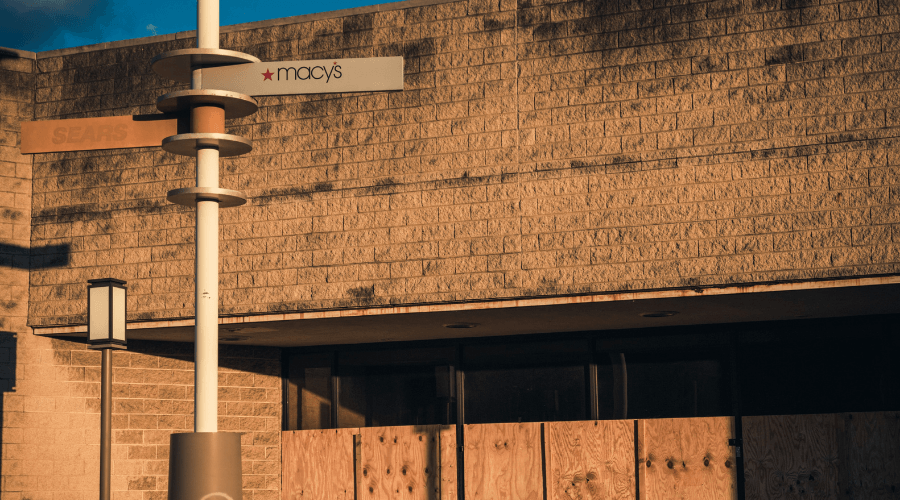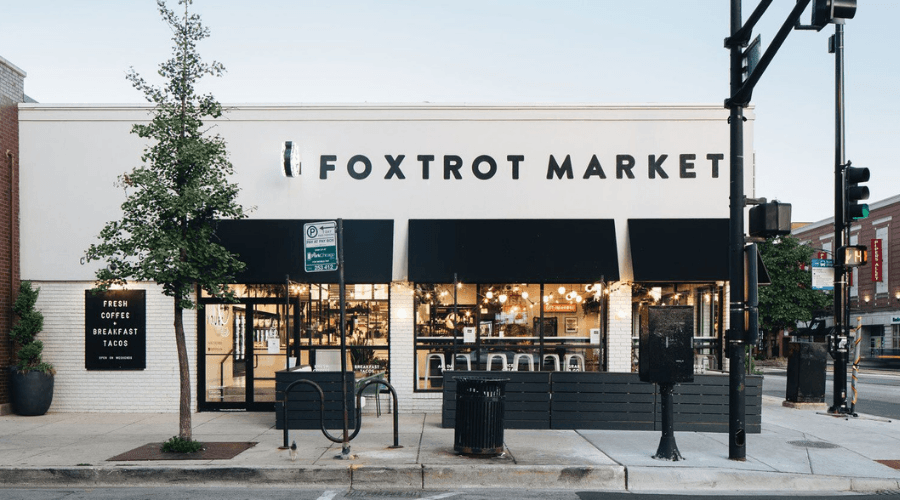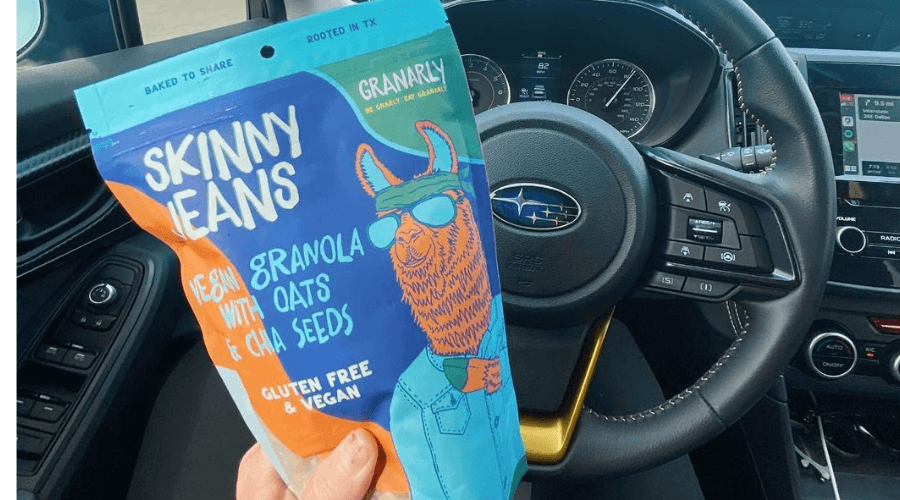How has the COVID-19 pandemic affected the consumer packaged goods industry and predictions for CPG industry growth? In this article, we discuss the challenges the CPG sector faces along with prospects for growth, current trends, and future predictions informed by the latest industry and global supply chain data.
Consumer Goods Industry Challenges
A sudden spike in demand in the consumer goods sector led to shortages of many essentials in early 2020. Lockdowns and quarantine drove up purchases of consumer-grade paper goods and household care items, while demand for commercial-grade goods plummeted. This unexpected shift coincided with panic buying and led to temporary shortages of many staples.
As many aspects of the market underwent strain, the leading CPG brands made adjustments to keep pace with increased demand for certain goods. By late 2021, delays and shortages across supply chains and rising costs at every link have destabilized more product categories.
The CPG industry outlook in late 2021 indicates that supply chain disruptions will affect almost every sector into 2022 and beyond. Consumer goods companies can take measures to adapt to these changes and even anticipate developments by making smart decisions about sourcing, production methods, packaging materials, order fulfillment and logistics.
CPG Industry Trends 2021
Several pandemic-related trends that emerged in 2020 continue into 2021, while the latest predictions are buoyed by optimism about COVID vaccines and boosters. Each of the following factors motivated production and purchasing in 2021:
- Availability and convenience as top priorities
- Consideration for green packaging and sustainability
- Focus on Connected Packaging features
- High levels of e-commerce sales
Throughout the pandemic, demand for packaged consumables has stayed relatively steady. In 2020, consumers bought more packaged ingredients for homemade meals than portable snacks designed to eat on the go. Demand for food products in airtight flexible packaging stayed brisk, as food packaged in these materials can have a long shelf life.
In 2021, a growing number of consumers prioritize health and wellness, and research indicates that many also factor in environmental impact. About two-thirds of the 15,000 respondents in a recent consumer study consider whether products come in recyclable packaging. Packaged consumable brands offer recyclable flexible packaging and barrier films and can digitally print packaging designs with compostable polymer-based inks.
Digital printing also makes it easy to print identical or serialized Quick Response codes on packaging. Consumers can use QR codes to learn more about products, connect with brands, or track the life cycles of items and verify authenticity. These features are beneficial whether consumers purchase products from retail stores or place orders online.
What We Can Expect to See in the Future
While a significant number of players in the CPG industry have managed to withstand the initial economic shock caused by the pandemic, they will need to prepare for long-term effects.
Here are some of the ways Covid has affected the CPG industry for good.
1. Gradual increase in consumer spending
As we head towards 2022, the world economies are starting to open up. And with this opening, as Deloitte phrases it as ‘’ The high Street reopens,’’, there are high hopes that the world will gradually return to normal. However, the new normal is different. With about 71% of the U.S. population now working from home, they are likely to spend more money online. The money that people spent on commuting, travel, lunches, and after-work drinks is now being directed towards household essentials.
2. Ongoing store closures
According to the CoStara Real estate data tracker, 40 major retailers were declared bankrupt in 2020, and more than 11000 stores closures were announced. This was a 9,300 increase from the number of stores that closed in 2019. More and more stores are expected to close or shift their focus to targeting online consumers and making home deliveries.
3. Consumers have become more demanding
Online stores are now experiencing the conflict between the realities of Covid and consumers’ expectations. Although consumer experience is a major focus for online retailers, it’s sometimes very difficult to meet consumers’ expectations.
However, with the existing constraints in the supply chains, only giants like Amazon and Walmart can meet consumer expectations.
Free shipping has become an issue, as consumers prefer to shop in stores that offer free shipping. However, some retailers have now found a way of exploiting this by putting a threshold for free shipping to entice consumers to buy more.
4. Decrease in product loyalty
According to McKinsey, 75% of consumers switched brands or retail outlets during the pandemic. Companies are having to go back to the drawing board to devise new ways to attract new customers and keep them coming back.
Product design is just a part of the story, but businesses must implement strategies that will help to understand their ideal customers, such as retail data analytics and AI algorithms.
5. CPG companies turning to DTC to build customer relationships
Traditionally CPG companies relied on e-commerce sites and retail stores to sell to consumers, but this two-tier structure kept them from engaging with end-users and collecting the data they needed to better inform their marketing.
To remain competitive in the increasingly digital retail world, CPG companies are now investing in direct-to-customer models that will help them in the following ways:
- Collect essential customer data
- Build a direct relationship with product end-users
- Build a brand and maintain its control
- Personalize the customer experience
An interesting example is ePac customer FoxTrot, a hybrid retail brand and CPG vendor, who combine physical stores, ecommerce as well as Direct-to-Consumer sales of their own branded products to consumers.
6. Personalized content marketing
Now that almost every business is selling its products online, CPG companies have become more aggressive in their content marketing efforts. They’re exploiting various channels to stay relevant in this changing market.
From blog posts, to social media content, E-books, videos, and native advertising, content marketing has become part of the standard toolset for CPG firms.
For example, ePac customer Granarly creatively uses Instagram to share hiking, camping and sporting adventures in a compelling visual storytelling format. They also provide compelling newsletter content for those that subscribe to receive emails.
7. Social media marketing and shopping
Social media shopping has become an alternative sales channel for CPG firms. Customers can now buy their goods directly on social media channels such as Instagram, without leaving the platform.
8. Increase in variety of shopping models
Before the pandemic, terms like BOPIS, BORIS, and ROBIS were common but are now the new norm. So what do the terms stand for?
Buy Online Pickup In-Store (BOPIS) is a business model that allows a customer to buy a product online via a mobile app or a website and then head to the store to pick up the product.
Buy Online Return In Store (BORIS) is an Omnichannel strategy that allows customers to buy products online and return them to a physical location or an alternative drop-off point.
Reserve Online Pickup In-Store is a method that allows a customer to reserve goods online but not pay for them until they pick them up.
Buy Online Pickup Curbside is a strategy that allows customers to buy and pay for goods online but pick them outside the store. On most occasions without having to leave their cars.
The above models became famous when the pandemic came since they allowed people to shop while keeping social distance. Even after the pandemic, most people are still using these models, which seems to be the new norm.
Covid-19 has significantly changed how people have been handling their daily activities, including shopping. The CPG industry has been the most affected as everyone must use a product belonging to the industry. The trends stated above are here to stay as they help people handle their daily activities such as shopping easily and efficiently.




